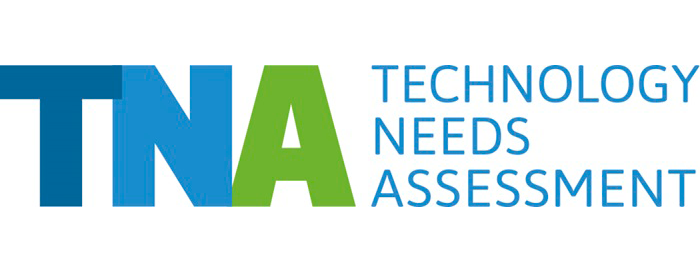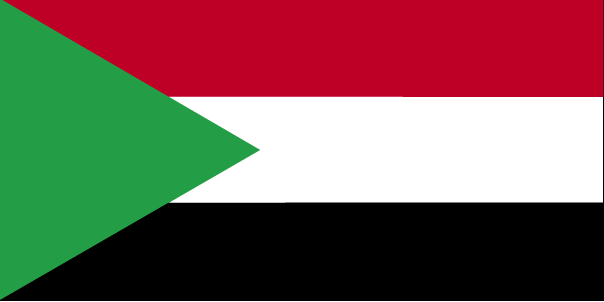Sudan is currently in the process of working on its TNA. It has completed its Technology Action Plans and Project Ideas.
In Sudan, an over-reliance on biomass-based fuels and inefficient technologies such as traditional stoves have placed great pressure on local forests, as the rate of reforestation cannot keep up with the rate of clearance. Expertise from the TNA revealed that use of inefficient technologies are resulting in the unnecessary burning of wood. Accordingly, the TNA has highlighted the need to relieve pressure on the forests through technologies such as improved stoves and efficient boilers.
Sudan is located at the crossroads of Sub-Saharan Africa and the Middle East and faces the Red Sea. It is among the largest countries in Africa, with a total area of 250 million hectares, much of which is comprised of arid lands and desert. Although mostly desert, it has fertile land, mountains and livestock. Apart from oil, agriculture and livestock are essential to Sudan’s economy, which is problematic, as the agriculture sector is highly vulnerable to climate change. Sudan’s traditional rain-fed farmers, small-scale farmers and pastoralists especially, who together account for nearly half of GDP, are vulnerable, as they are the groups that are least able to cope with climate-related shocks in Sudan.
Sudan completed its TNA in 2013. Among the prioritized technologies identified through the TNA is efficient dual-fuel boilers. The TNA has shown that using high-efficiency boilers will contribute positively in savings. The technology also reduces CO2 emissions by more than 70% in the case of complete combustion.
The prioritized technologies are included in the list of developments and transfers needed to reach the NDC targets.
Sudan’s TNA contributes to the following Sustainable Development Goals:






